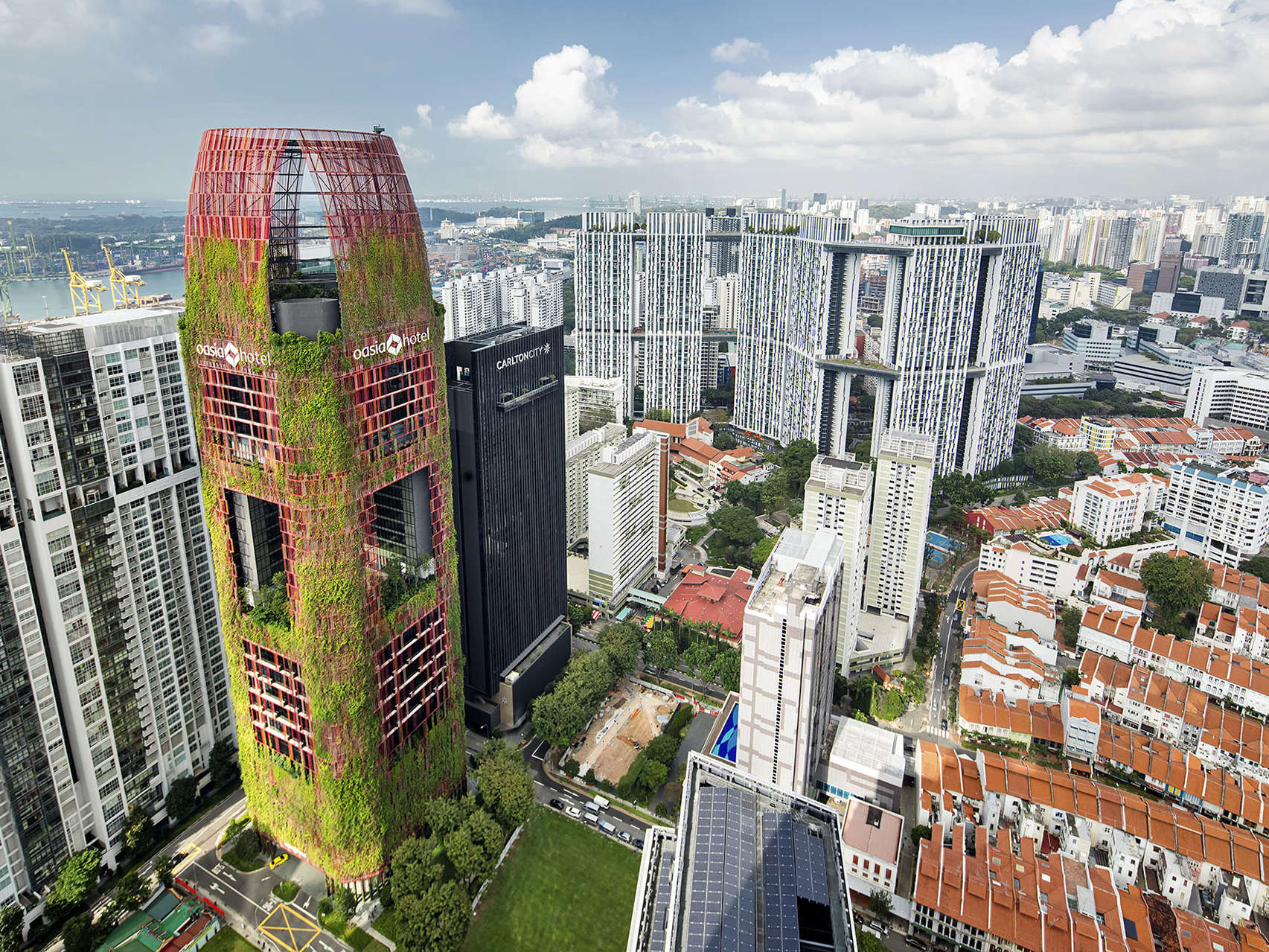SF Bay Area Resilience Relies on Sediment
“What happens in one area may impact what happens in another.”
A seemingly simple process explained by Chris Devick with Arcadis reminds us how the movement of sediment in any area, including the Bay Area, hugely alters the ecology and ultimate stability of the region. Due to sediment movement, the SF Bay Area’s “drinking water, energy, and transportation infrastructure” are all at risk. What is being done about this?!

One of AAU’s Landscape Architecture instructors, Wright Yang, and his office at TS Studio, is part of PUBLIC SEDIMENT, the team addressing this issue. TS Studio ultimately “views sediment as a core building block of [the region’s] resilience.”

Using models to study sediments as well as sea level rise, the team seeks fair and equal distribution of sediment and hopes to “link broader ecological goals with local needs, public health, economic development, and flood risk reduction.”
Communities often focus on balancing two factors to solve problems: social and economic impacts. These two cannot be balanced unless the third pillar of ecological factors is incorporated.
Sediments and mud are shifting. Visit this site to learn more and spread the word! Also, the AAU School of Landscape Architecture would like to congratulate and thank Instructor Wright Yang and the TS Studio on their team’s great work!



